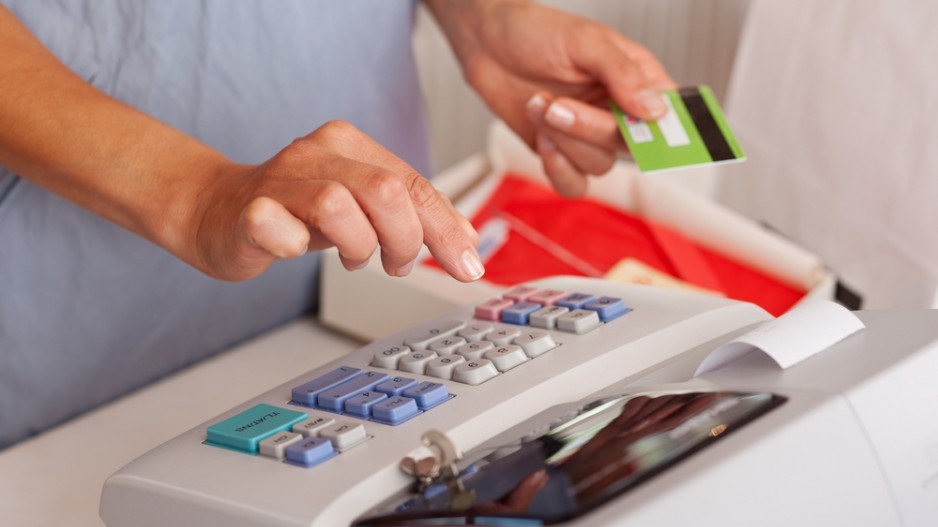A total of $6.2 billion was spent on retail sales good in British Columbia in April, which was an increase of 2.4% in April and nearly 8% year-over-year, giving the province the strongest increase in the country for the month, according to Statistics Canada data released June 22.
Across the country, sales increased 0.9% to $44.3 billion in the month. Sales were up in 7 of 11 subsectors. The biggest driver behind the gain was a 6% increase in gas station sales. This was the first time there was an increase in this area since June 2015. This was driven by an 8.9% jump in the price of gas, as reported in the previously released consumer price index data for April.
“Canadian shoppers weren’t going to be held down for long, and April retail sales saw a nice bounce back from a weak end to the first quarter,” CIBC economics reported in a note to investors.
Excluding gas sales, retail sales grew a more modest 0.4%. This was almost entirely due to price increases, as volumes remained relatively stable.
“As such, retailing isn’t likely to add much to the April GDP outlook, where we are still looking for a small increase after a drop in March, heading into May where the effects of the wildfires will be felt,” according to the CIBC report.
Furniture sales grew 6.1% increased in the month after growing 4% in March. General merchandise stores saw a 1.3% increase, the fourth consecutive monthly rise. Building material and garden equipment increased 1.6% and miscellaneous store retailers saw growth of 3.7%. Food and beverage store sales inched up 0.1%.
Dollar sales declined in clothing and accessories stores (down 2.7%) and motor vehicle and parts dealers (down 0.3%).
Sales in Alberta increased for the first time in five months, due in most part to gains at gas stations and general merchandise stores.
Warren Kirkland of TD Economics said this report is further evidence that the Canadian economy is slowing from the 2.4% quarter-over-quarter pace seen in 2016’s first quarter.
“While a strong handoff from 2015 and sure footing in Q1 help, decelerations in exports, wholesale trade, and now retail sales suggests a much weaker Q2 is likely,” Kirkland said in a note to investors. “With almost all national data anticipated to be further hit by the effects of May's wildfires in Northern Alberta, the economy is likely to have contracted in the second quarter.”
As of press time, the Canadian dollar had rallied slightly after the news, reaching 78.15 cents U.S.
@EmmaHampelBIV




